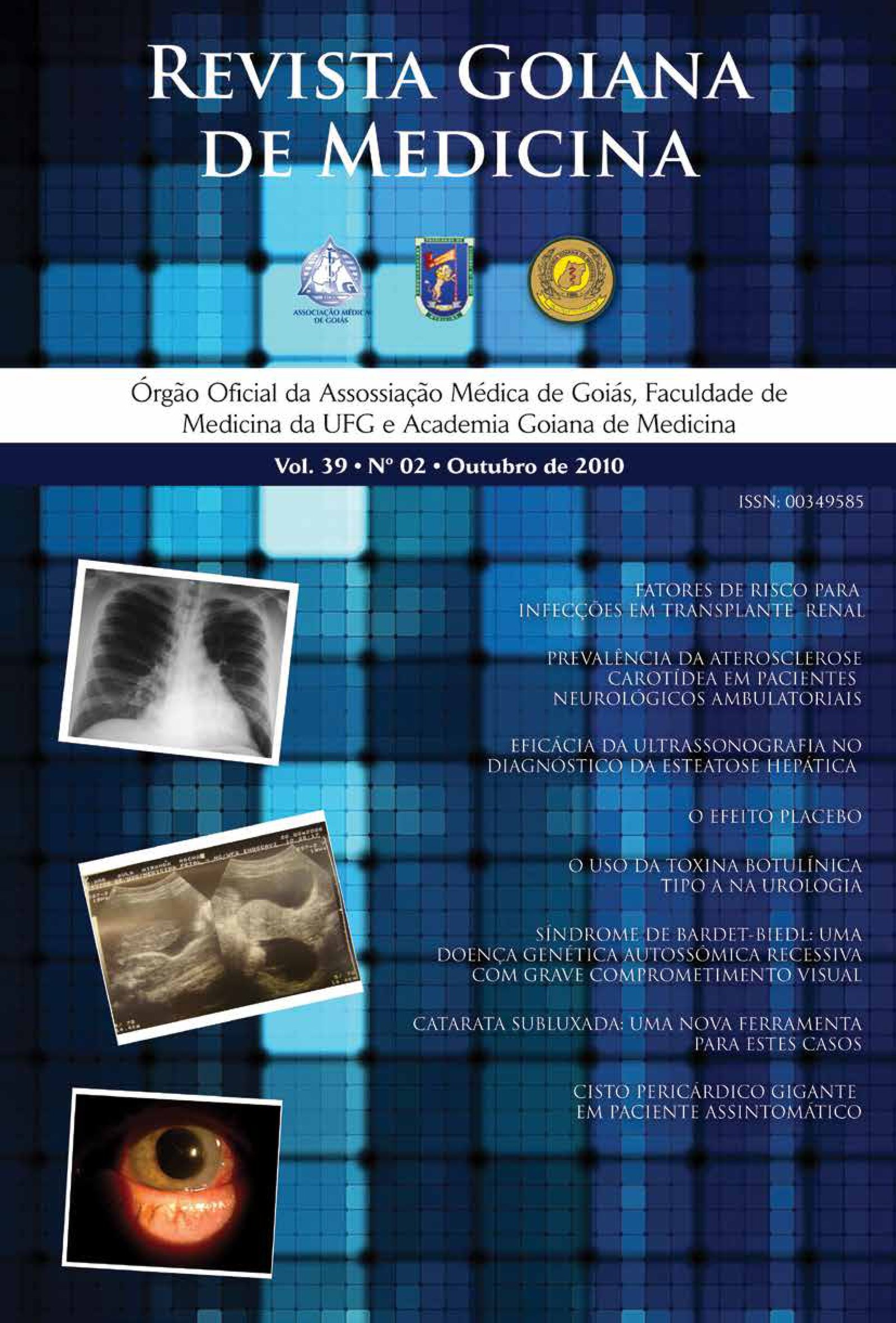Prevalence of carotid atherosclerosis in neurological patients outpatient clinic
Keywords:
Ultrasonography, Carotid, Carotid stenosisAbstract
The great importance of cerebrovascular disease is determined by its increasing prevalence in industrialized countries, for its high mortality rate and the permanent limitations to which it survives. The disease thromboembolism is responsible for 75% of cases of cerebrovascular disease. About 30% of all cases of stroke attributable to atherosclerotic disease of the carotid bifurcation. Ultrasonography is considered the standard noninvasive method for assessment of carotid stenosis. The assessment of impairment caused by carotid atherosclerosis can be achieved by using ultrasound B mode, grayscale and color Doppler flow images. Despite the magnitude of the problem is unknown prevalence of carotid atherosclerosis in our midst. The aim of this study is to evaluate, by ultrasound method, the prevalence of carotid atherosclerosis in patients with neurological outpatients. The sequence used in the examinations was ultrasonographic: Scan Mode B, Color Doppler, power Doppler and spectral analysis of flows. We examined 396 patients, of whom 229 (57.8%) were female. The patients’ ages ranged 1-94 years. The prevalence of carotid atherosclerosis was 23.50% with male predominance (57% of cases) and age above 40 years (100% of cases).


